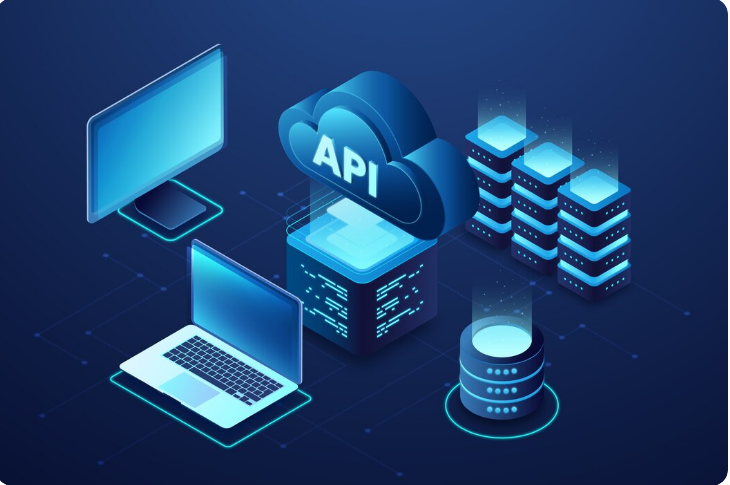Advances in artificial intelligence (AI) are transforming traffic enforcement, making roads safer and traffic management more efficient. Traditional methods of monitoring traffic violations are gradually being replaced by smart systems that combine AI-powered technologies like Vehicle Make and Model Recognition (VMMR) and License Plate Recognition (LPR).
These systems are no longer futuristic—they are actively helping cities manage traffic, identify violations in real-time, and streamline enforcement processes.
What is Number Plate Recognition Software?
Number plate recognition software is the backbone of modern traffic enforcement systems. It uses optical character recognition (OCR) to read vehicle license plates from images captured by cameras. This software can instantly process a vehicle’s registration information, compare it against databases of stolen or flagged vehicles, and notify authorities of violations such as speeding, running red lights, or illegal parking.
When integrated with AI, number plate recognition software can even recognize plates under challenging conditions like low light, high speed, or dirty and damaged plates. This makes the enforcement process faster, more accurate, and highly reliable.
How Number Plate Recognition Cameras Work
Number plate recognition cameras are specialized devices designed to capture clear images of vehicles and their license plates. These cameras work seamlessly with the software to identify vehicles on the road. Many modern cameras are equipped with high-resolution sensors and infrared capabilities, allowing them to function day and night, in all weather conditions.
By combining these cameras with AI-driven algorithms, traffic authorities can monitor intersections, highways, and restricted zones more efficiently. Cities worldwide are increasingly deploying these systems to automate traffic monitoring and enhance public safety.
The Role of VMMR in Modern Traffic Systems
While number plate recognition focuses on identifying a vehicle via its registration, Vehicle Make and Model Recognition (VMMR) adds a layer of intelligence by identifying the type of vehicle. This allows authorities to detect specific vehicle categories, such as commercial trucks, private sedans, or motorcycles, and take appropriate actions in restricted areas or special zones.
Integrating VMMR with number plate recognition cameras provides a comprehensive monitoring solution, helping authorities track, classify, and enforce rules efficiently.
Benefits of AI-Powered Traffic Enforcement
AI-powered traffic enforcement systems, using number plate recognition software and cameras, offer multiple benefits:
- Enhanced Accuracy: AI algorithms reduce human error and increase the precision of vehicle identification.
- Real-Time Monitoring: Automated alerts enable instant responses to traffic violations.
- Data Insights: Authorities can gather data on traffic patterns, peak congestion times, and violation hotspots.
- Efficiency: Automated systems free up manpower, allowing law enforcement to focus on other priorities.
For a deeper insight into the technologies shaping traffic monitoring, check out this detailed blog on smart AI cameras with VMMR and LPR.
Challenges and Considerations
Despite the benefits, deploying AI-powered traffic enforcement comes with challenges:
- Privacy Concerns: Surveillance systems can raise questions about data privacy. Proper policies and safeguards are necessary.
- Environmental Factors: Extreme weather or non-standard license plates can occasionally affect accuracy.
- Public Acceptance: Automated enforcement may face resistance if not accompanied by clear public awareness campaigns.
How Cities Can Integrate These Technologies
Integrating number plate recognition software and cameras with VMMR systems requires modernizing existing infrastructure. Cities can install high-resolution cameras at key intersections, highways, and toll plazas. These cameras feed data to centralized systems, where AI algorithms analyze images, identify violations, and notify authorities instantly.
This approach is already being adopted in several cities, providing a blueprint for other regions looking to modernize traffic enforcement.
FAQs
1. What is the difference between number plate recognition software and cameras?
Number plate recognition cameras capture the image of a vehicle, while the software processes the image to extract the plate number and cross-checks it with relevant databases.
2. How accurate are AI-powered number plate recognition systems?
Modern AI systems can achieve accuracy rates of over 98%, even under challenging conditions like low light or high speed.
3. Can these systems detect vehicle types?
Yes. When integrated with VMMR technology, the systems can identify vehicle makes and models, aiding in more comprehensive traffic enforcement.
4. Are there privacy concerns with AI traffic enforcement?
Yes, data privacy is a key consideration. Cities must implement secure data management practices and transparent policies.
5. How do number plate recognition cameras benefit cities?
They automate traffic monitoring, reduce violations, improve road safety, and provide valuable traffic insights for urban planning.
By combining number plate recognition software, number plate recognition cameras, and VMMR, modern traffic enforcement systems are smarter, faster, and more effective than ever before. As cities continue to adopt these AI-powered solutions, the future of traffic monitoring is safer and highly efficient.
 seolounge
seolounge